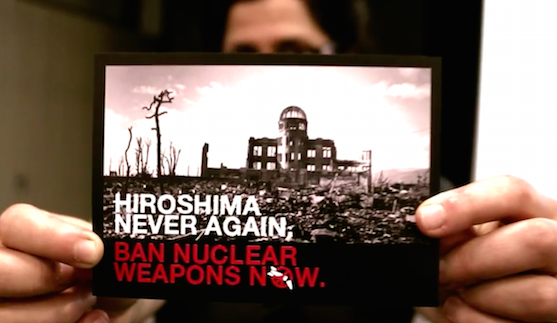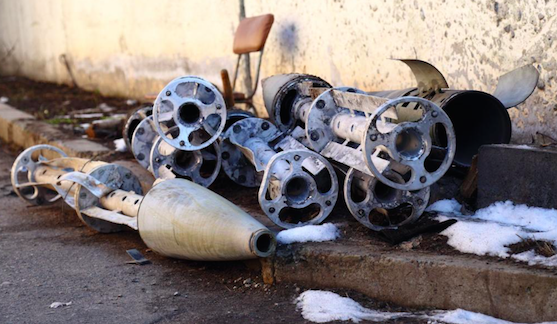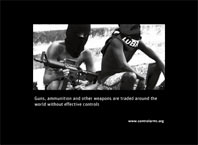About Article36
Article 36, is a not-for-profit organisation working to prevent the unintended, unnecessary or unacceptable harm caused by certain weapons.
Statements 34
Presentation to the British Nuclear Test Veterans Association on victims assistance i...
May 16, 2015 (Off)
Weapons technologies that threaten us today: Remarks at WILPF’s 100th anniversary
April 28, 2015 (Off)
Press releases 32
Press release: Governments meet in Vienna to tackle bombing and bombardment in towns ...
September 20, 2015 (Off)
Updates 62
Multilateral disarmament processes and implementing the Sustainable Development Goals
September 29, 2015 (Off)
The UK Says It Is a Global Humanitarian Leader, So Why Won’t It Condemn Banned ...
September 16, 2015 (Off)
Restart Disarmament
Follow Us
Join Our Mailing List
More
© 2015 Article 36
Website by Chesapeake









